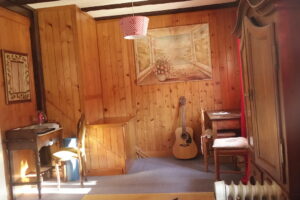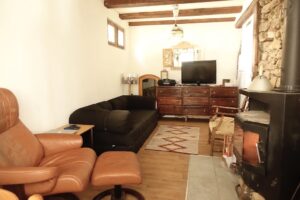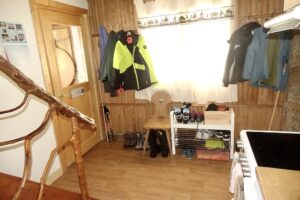 For me, a seasoned traveler having lived abroad nearly half a century, air travel has never been more challenging. Especially internationally. Especially for mixed nationals.
For me, a seasoned traveler having lived abroad nearly half a century, air travel has never been more challenging. Especially internationally. Especially for mixed nationals.
I have lived in Europe so long, I may becoming one of those historic icons tourists love to visit!
With my savvy, I should be cool as a cucumber. Instead, I hyperventilate weeks before flying, knowing “what can go wrong will go wrong.” And more!
I have experienced every disruption possible except, thankfully, a plane crash.
Our latest travel saga started at the Delta counter at Minneapolis-St. Paul Airport where we waited to check baggage for our return flight to Switzerland via Amsterdam. Due to a technological glitch between code sharing companies Delta (MSP hub), Air France (Paris hub) and KLM (Amsterdam hub), my husband’s luggage could not be registered even though we mastered check-in online 24 hours before without a hiccup.
“Sorry Mr. Lechault, our computer flagged your name in red with DO NOT ALLOW TO TRAVEL status”
The desk agent's colleague saw our distress and offered his assistance by staring at the screen another ten minutes.
“Call the manager,” he insisted.
The manager arrived repeated the identical process and demanded, “Call the supervisor.”
An hour later, a starting line up of aviation personnel glared at the computer in front of us, while behind us the line grew down the terminal and out the door.
 I searched for more documentation to permit our authorization to board the plane. International travelers never go to a airport anywhere on the planet without the mandatory paperwork. (ie.birth certificate, marriage license,US tax payment proof, children’s birth records, COVID vaccination card)
I searched for more documentation to permit our authorization to board the plane. International travelers never go to a airport anywhere on the planet without the mandatory paperwork. (ie.birth certificate, marriage license,US tax payment proof, children’s birth records, COVID vaccination card)
Uh oh. Dual citizenship?
Bring French and American passport. Swiss residency card.
Do multi-nationals qualify for an extra carry-on bag to haul aboard aforementioned official documentation?
Whaaat? You want to see a valid driver’s permit?
In the event of unforeseeable, adverse circumstances, you want me to pilot this plane with a Minnesota vehicle license?
Finally we board. Seven hours later, our flight touches down on Schiphol tarmac “on schedule.”
“It took so long to reach the gate,” Gerald said. “It’s like we landed in Belgium and taxied across the border to the Netherlands.”
With only an hour to catch our KLM flight to Geneva, we anxiously fidgeted in line at the customs gate. At the booth, I presented my US passport.
“M’am how long will you be staying in Switzerland?”
“I live there,” I said.
“Then I must see a Swiss residency permit,” she said. I dug out the darn document, issued under my French citizenship, which aroused suspicion. “Where is your other passport?”
“Madame, enter only the US with American passport,” the Dutch border official stipulated,“When arriving in the Netherlands or any other European country (except the UK) you must present your European passport.”
Aiihh the last time, I was reprimanded for switching passports during transit. However, never argue with the official in front of you, even if you cannot understand rules that change overnight.
Starting in the near future (supposedly May 2025), American passport holders traveling to 30 European countries will need an authorization via the European Travel Information and Authorization System (ETIAS).
This is similar to the ESTA requirement that the US has always demanded of European visitors. Tit for tat or part of the legitimate security regulations in ever increasing unsafe world.
We hurried to the boarding gate just before it closed. I flashed my ticket and French passport and slipped through the turnstile. As I headed down the tunnel, I heard,
“Pat, wait. I can’t fly!” my husband hollered on the other side of the gate. “My passport’s gone! I’m going back to see if I dropped it where we last stopped.”
Naturally traveling with me, our last stop was the ladies room.
As he sprinted back through the terminal, I searched the pouch of my old fashioned bum bag. (I know. Does anyone wear those anymore?)
Voila!
From my magic money belt, I retrieve not one, not two, but three passports.
How did Gerald’s passport jump in my fanny pack? I never carry his passport, credit cards, cell phone, wallet or keys. Never.
 I dashed back through the terminal and smashed into my husband racing toward me.
I dashed back through the terminal and smashed into my husband racing toward me.
“My passport is lost!”
“I found it!” I screamed, waving the priceless booklet like a billion dollar lottery ticket.
At last, we boarded the Geneva flight. Still, I wondered, what happens to the poor beleaguered passengers that lose passports in transit?
Could we apply for asylum in Amsterdam?
How long does it take to build a house in Holland?

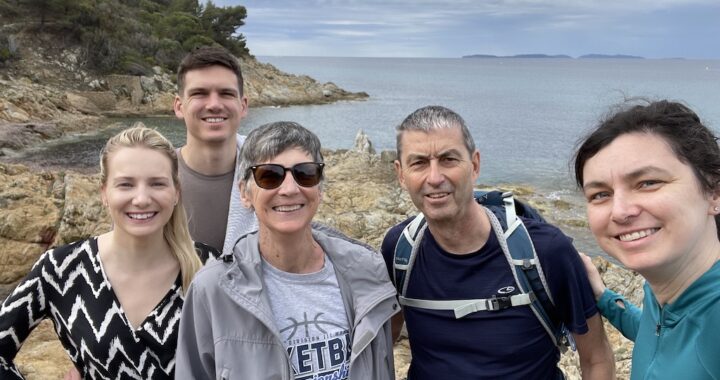
 Family reunions across state lines may seem difficult, but imagine the complications trying to unite international ones like mine, living in 3 different countries. It is never easy for a French-Normand father and Norwegian-American mother sans home, in a mountain hut in Switzerland to meet up their Franco-American kids.
Family reunions across state lines may seem difficult, but imagine the complications trying to unite international ones like mine, living in 3 different countries. It is never easy for a French-Normand father and Norwegian-American mother sans home, in a mountain hut in Switzerland to meet up their Franco-American kids.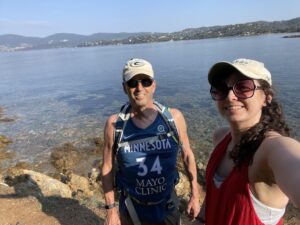 Ukrainian woman and moved to the countryside near Warwick, England. Recently, we united on the glamorous French Rivera. Whenever we gather, it is magical!
Ukrainian woman and moved to the countryside near Warwick, England. Recently, we united on the glamorous French Rivera. Whenever we gather, it is magical! and daughter-in-law, Larissa, flew to Nice from England to be with us.
and daughter-in-law, Larissa, flew to Nice from England to be with us.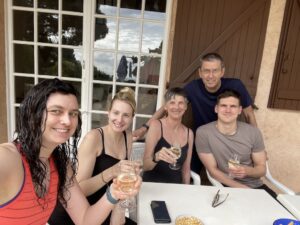 with risotto, the next night we enjoyed a rib of beef with green beans and Lari’s rosemary baked potatoes. The last evening, we dined on a giant sea bass in white wine and lemon butter.
with risotto, the next night we enjoyed a rib of beef with green beans and Lari’s rosemary baked potatoes. The last evening, we dined on a giant sea bass in white wine and lemon butter.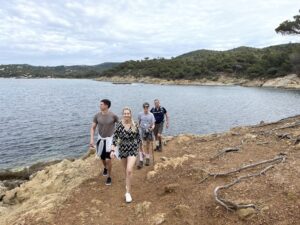 On sunny days, we hiked the rugged coastline, swam in the icy sea, read our Kindles and dozed on the beach.
On sunny days, we hiked the rugged coastline, swam in the icy sea, read our Kindles and dozed on the beach.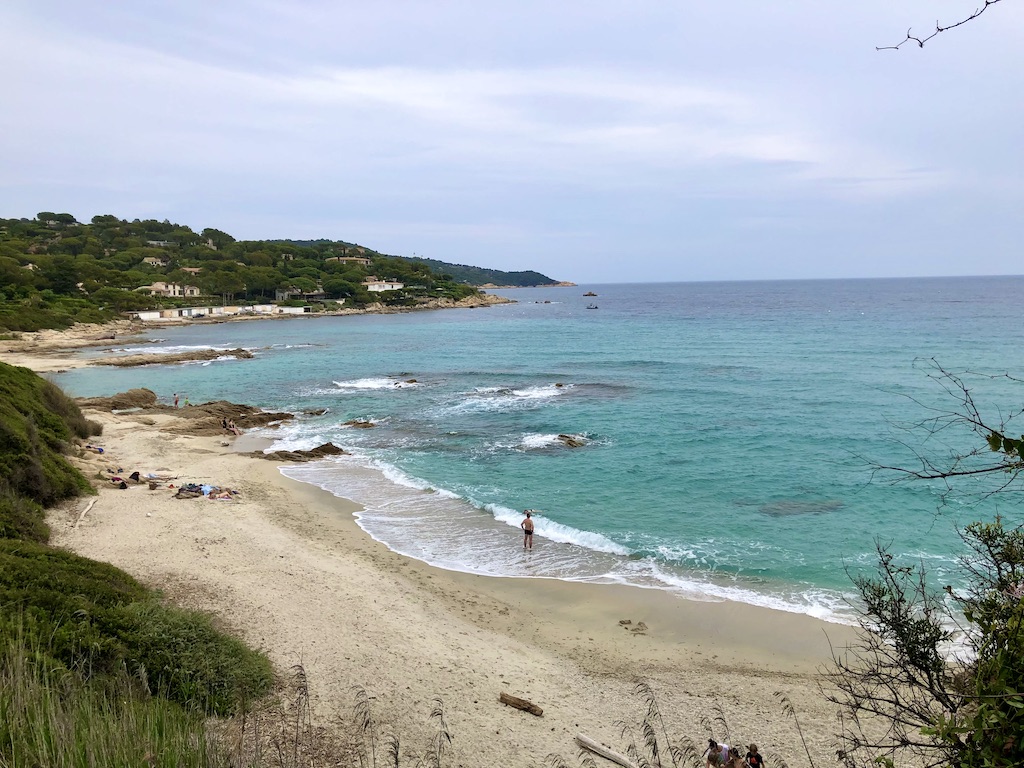
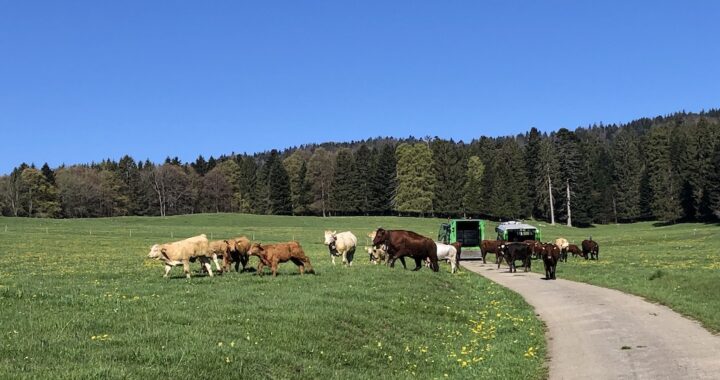
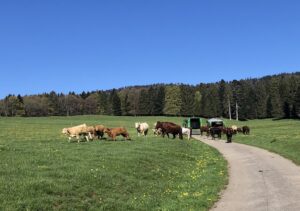 After a arduous, cold, grey winter spring finally arrived in the mountains,
After a arduous, cold, grey winter spring finally arrived in the mountains,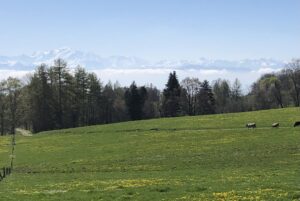 As we hiked, we could see across to the far side of lake where the grey veil of winter lifted, revealing the majestic Alps etched against a heartbreaking sapphire sky. The mountains, in different shades of slate, appeared to bow down to Mont Blanc, the queen bejeweled in her sparkling white crown.
As we hiked, we could see across to the far side of lake where the grey veil of winter lifted, revealing the majestic Alps etched against a heartbreaking sapphire sky. The mountains, in different shades of slate, appeared to bow down to Mont Blanc, the queen bejeweled in her sparkling white crown.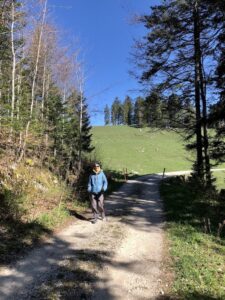 Under a splash of spring sunshine, blessings unfolded around me. Balancing with sticks, stumbling for footing, knees grinding like bad transmission, I was grateful to still be upright and walking. In my heart, I was dancing.
Under a splash of spring sunshine, blessings unfolded around me. Balancing with sticks, stumbling for footing, knees grinding like bad transmission, I was grateful to still be upright and walking. In my heart, I was dancing.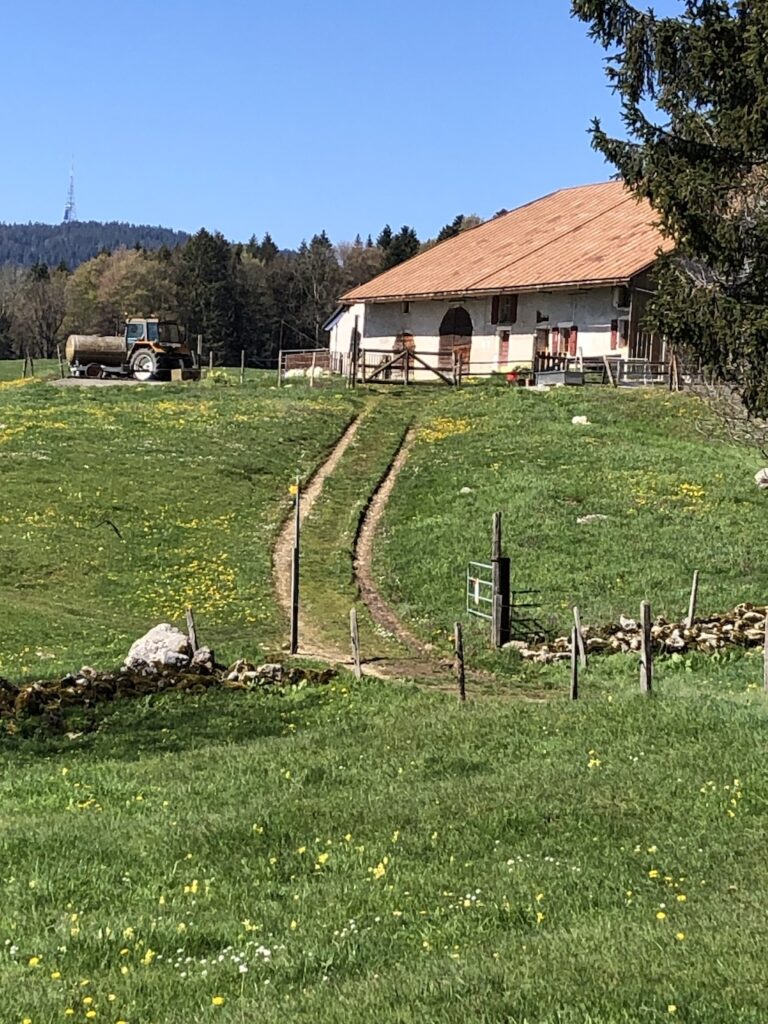
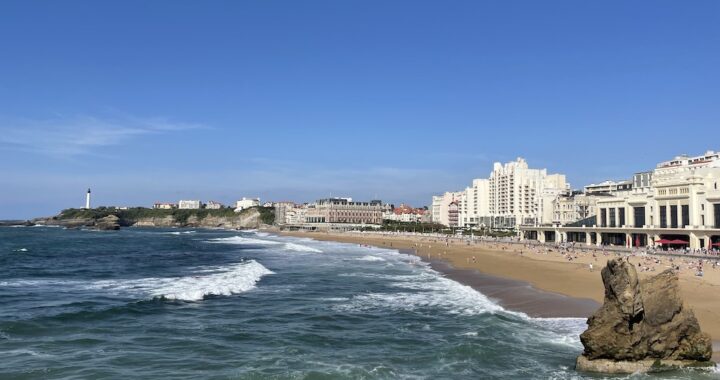
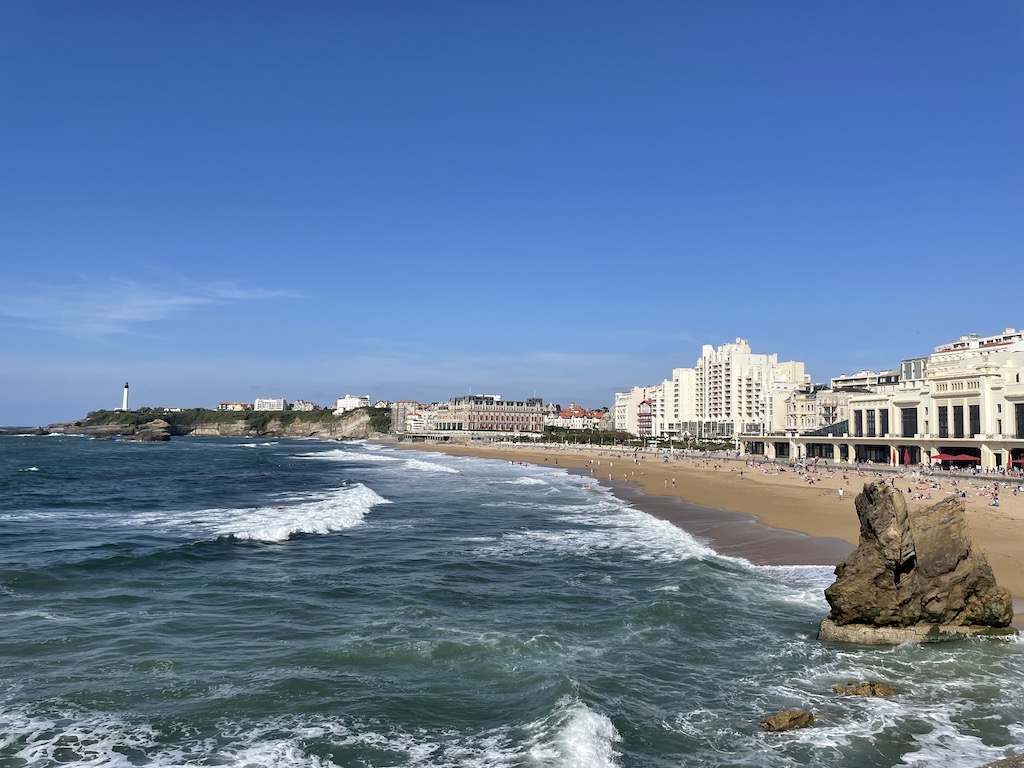
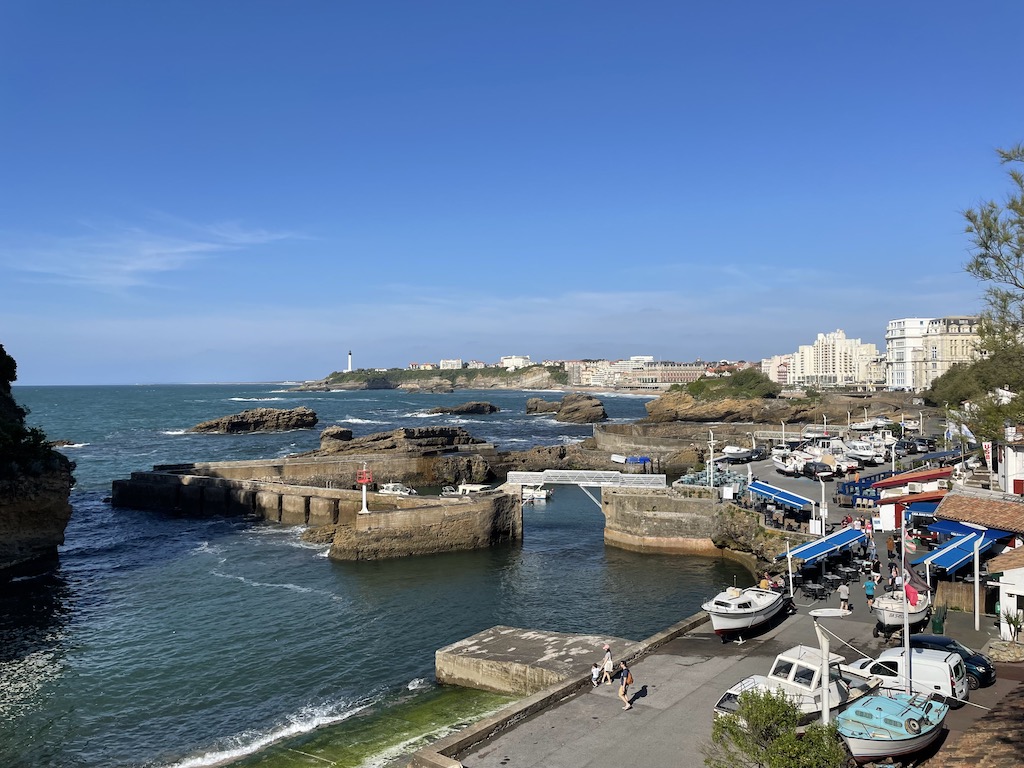
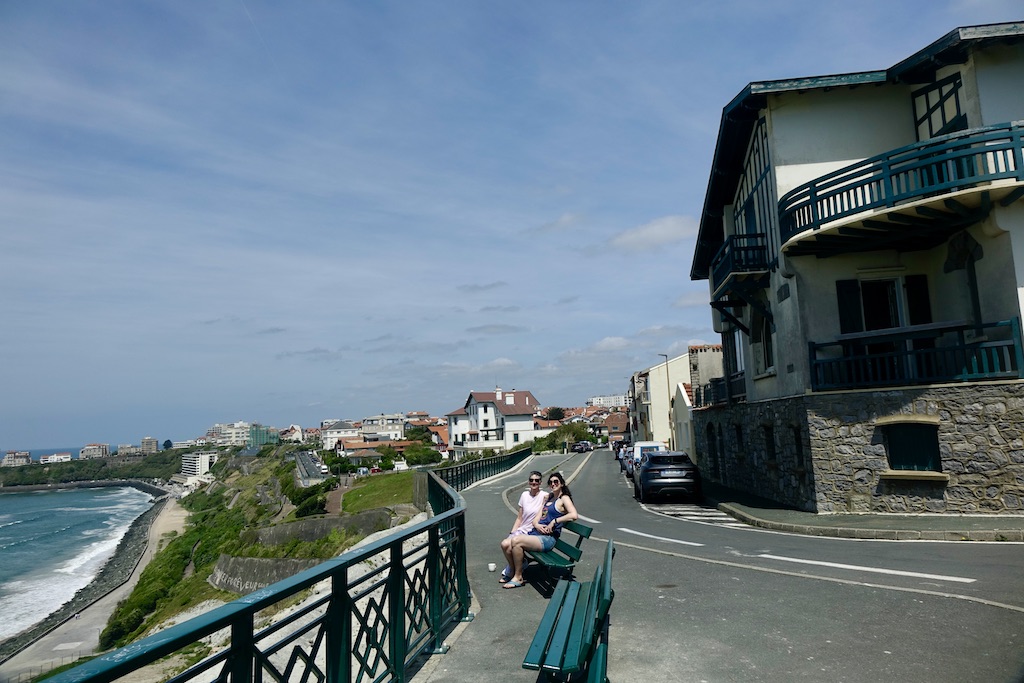
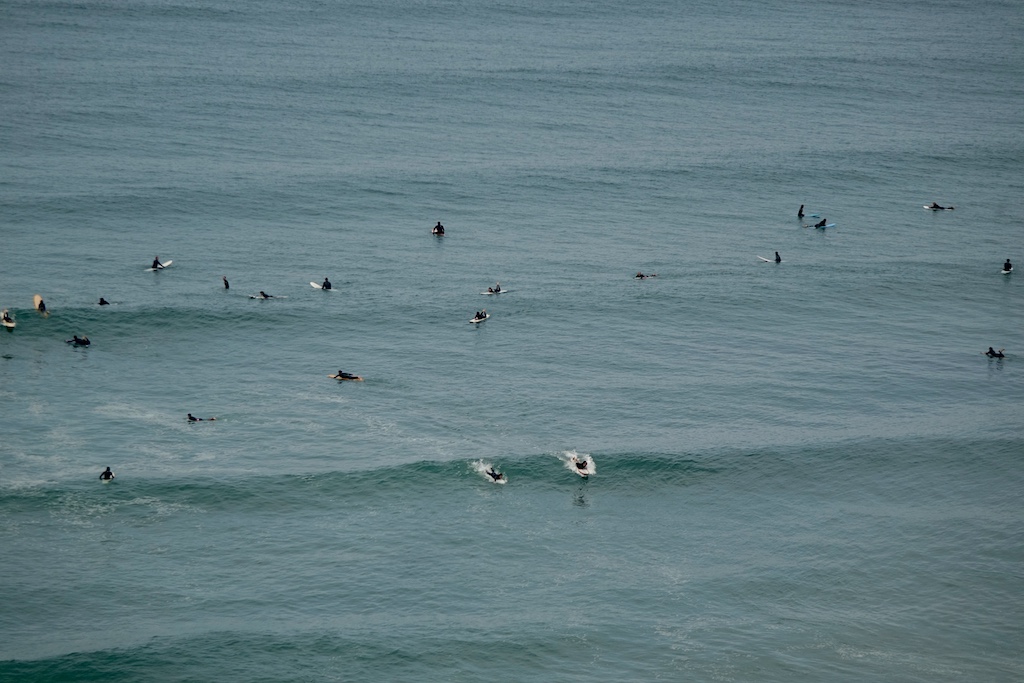
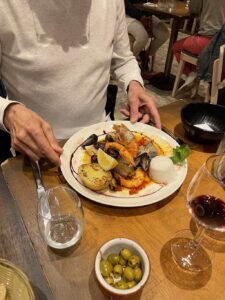 All the outdoor exercise whet our appetites, and there was no end to eateries along the coast and in the village.
All the outdoor exercise whet our appetites, and there was no end to eateries along the coast and in the village.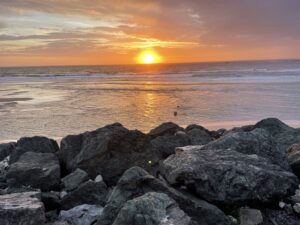
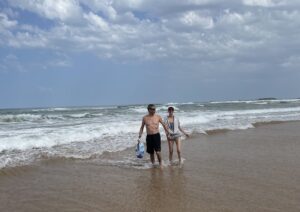
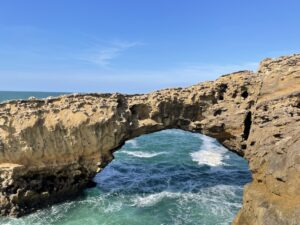
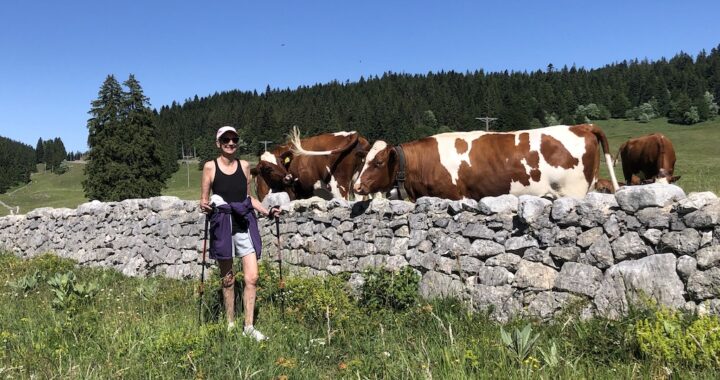
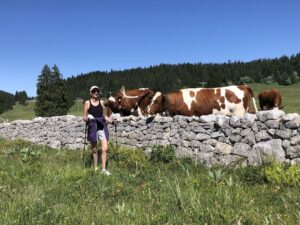 How do I survive autumn stuck in an unheated, mountain chalet the size of a doll house? I scoot out the door and head for the meadows to hang with the cows.
How do I survive autumn stuck in an unheated, mountain chalet the size of a doll house? I scoot out the door and head for the meadows to hang with the cows.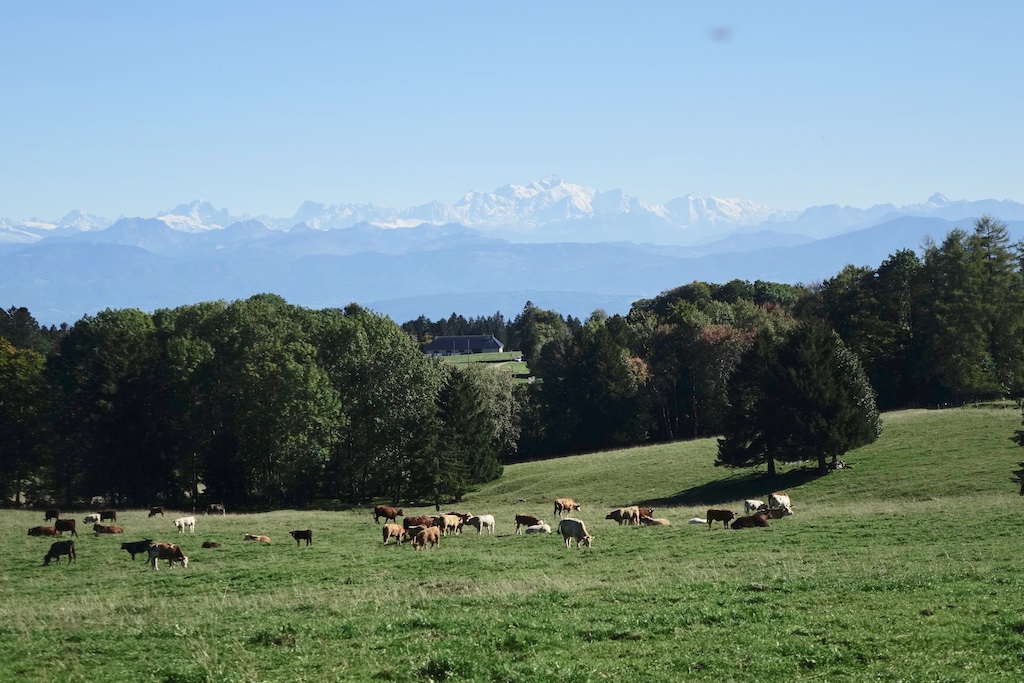 Cows make good neighbors. While their giant cowbells jangle with a comforting ring, they graze in mountain pastures creating that postcard alpine landscape that is so much a part of Swiss heritage.
Cows make good neighbors. While their giant cowbells jangle with a comforting ring, they graze in mountain pastures creating that postcard alpine landscape that is so much a part of Swiss heritage.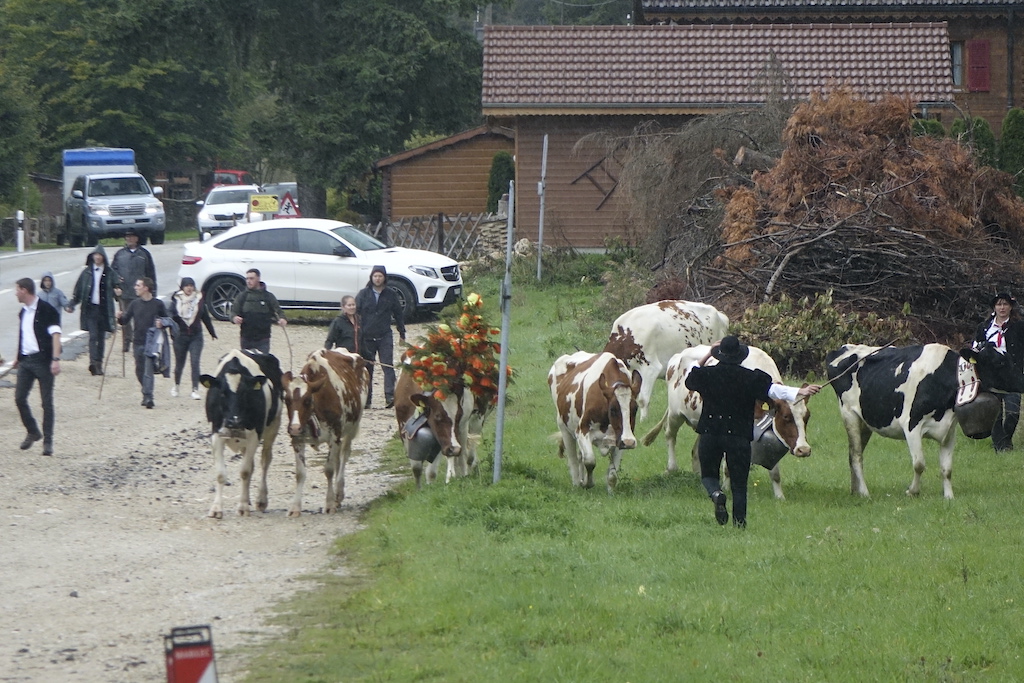
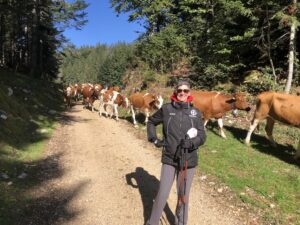
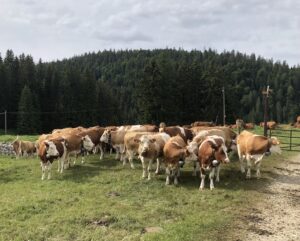 years, we have never had one incident or complaint, but you never know for sure.”
years, we have never had one incident or complaint, but you never know for sure.”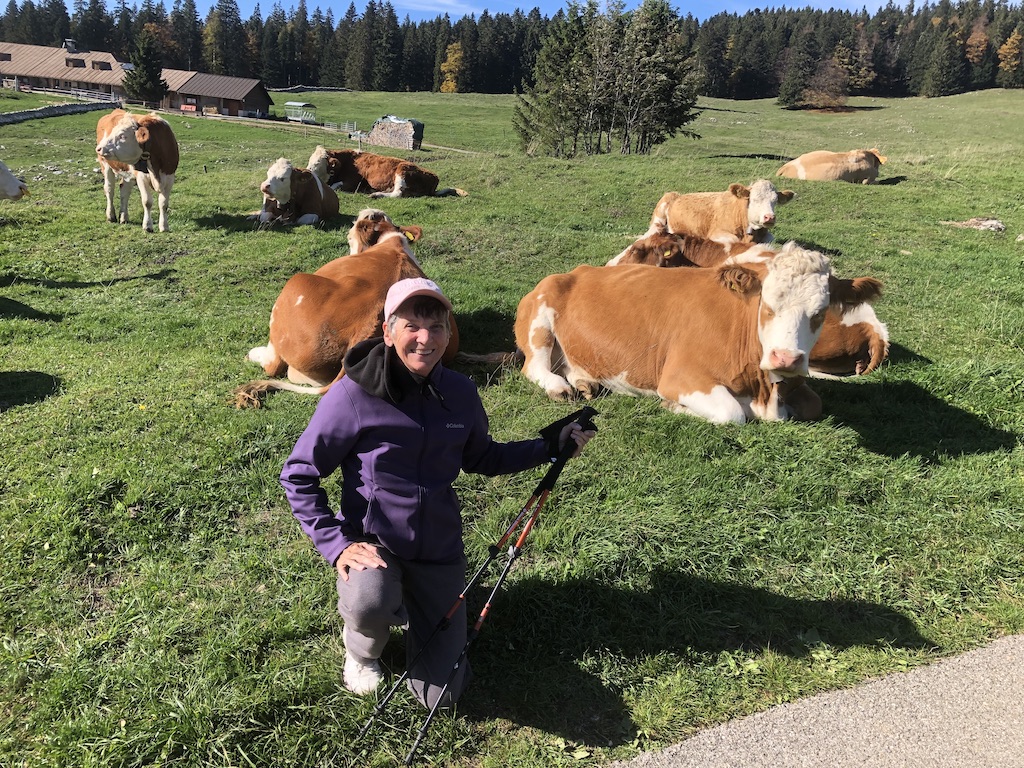
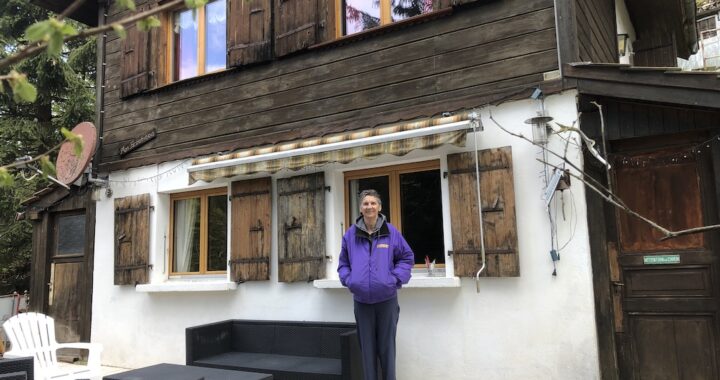
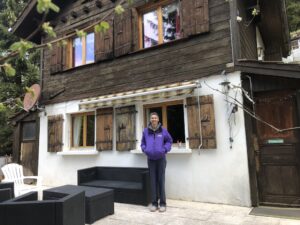 Surviving in our rustic little chalet chiseled out of the side of the Jura Mountains, a few miles from the French border, is challenging as we adjust to living in the 1800s.
Surviving in our rustic little chalet chiseled out of the side of the Jura Mountains, a few miles from the French border, is challenging as we adjust to living in the 1800s.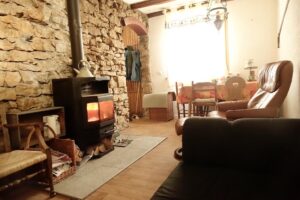
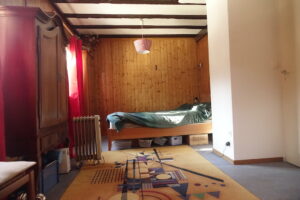 The staircase, so steep and narrow, must be navigated sideways and leads to 2 bedrooms. In our bedroom, the antique armoires are too narrow to hang things, so I rolled up our clothes and stored them in baskets under our bed.
The staircase, so steep and narrow, must be navigated sideways and leads to 2 bedrooms. In our bedroom, the antique armoires are too narrow to hang things, so I rolled up our clothes and stored them in baskets under our bed. Upstairs, lacks plumbing. I cannot safely navigate the stairs a dozen times a night to the bathroom. Instead, I use a porta potty balancing on a crate in the closet sized nook at the top of the stairs. The seat, sized to accommodate a toddler’s butt, is so tiny, I fear I’ll tumble head first down stairs every time I pee.
Upstairs, lacks plumbing. I cannot safely navigate the stairs a dozen times a night to the bathroom. Instead, I use a porta potty balancing on a crate in the closet sized nook at the top of the stairs. The seat, sized to accommodate a toddler’s butt, is so tiny, I fear I’ll tumble head first down stairs every time I pee.